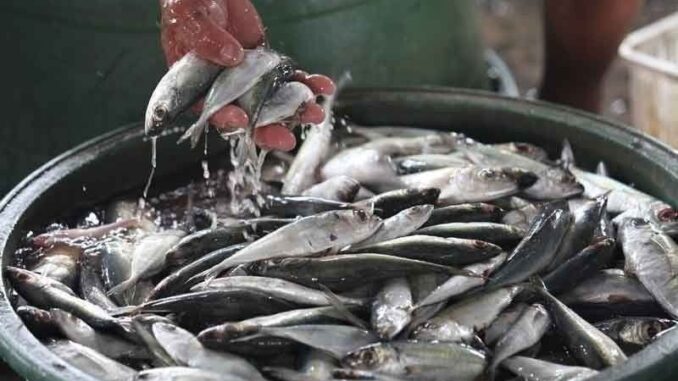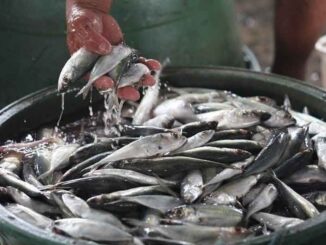
MANILA, Philippines — The Department of Agriculture (DA) said it approved the additional importation of 8,280 metric tons (MT) of frozen small pelagic fish to plug the domestic supply that has been affected by recent typhoons and ensure stable retail prices in the market.
Agriculture Secretary Francisco Tiu Laurel Jr. adjusted the previous certificate of necessity to import that he issued earlier for the importation of 30,000 MT of small pelagic fish to accommodate the additional import stocks and to augment the domestic stocks as the government implements closed fishing seasons nationwide.
The closed fishing season began this month, with some areas ending it by the middle of March next year.
The adjustment, the agriculture chief noted, is also meant to address the combined effects of tropical cyclones Kristine, Leon, Marce, Nika, Ofel and Pepito on the country’s fish supply, especially during the remaining months of the year.
The decision to allow additional imports was made after a meeting of the National Fisheries and Aquatic Resources Management Council, the highest policy-making advisory and recommendatory body on the country’s fisheries industry.
Under the rules governing the additional import volume, the imports must arrive in the country before February next year, when some of the closed fishing season is scheduled to be lifted.
The Bureau of Fisheries and Aquatic Resources will issue the corresponding sanitary and phytosanitary import clearance for the additional imports only until Dec. 16.
Tiu Laurel allocated the 8,000 MT for the eligible importers without prejudice to the previously allocated maximum importable volume. The remaining 280 MT would be allocated for the Kadiwa ng Pangulo centers.
“The frozen fish intended for the Kadiwa ng Pangulo centers were meant to provide those who belong to the vulnerable sectors such as indigents, persons with disabilities and senior citizens with an affordable source of protein,” the DA said yesterday.
Aside from fish, Tiu Laurel also ordered the importation of an additional 1,000 MT of yellow onions to prevent price spikes in the retail market. — Romina Cabrera




Be the first to comment